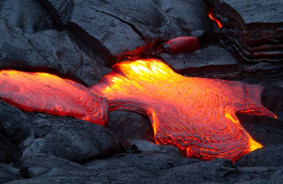Do you think watching movies is a mental break? New research from the Massachusetts Institute of Technology (MIT) shows that various neural networks in our brain are activated while we watch films.
The researchers have created the most detailed functional brain map to date. They identified 24 different neural networks that engage when we view movies. The study, published in the journal Neuron, utilized data from the Human Connectome Project: MRI scans of the brains of 176 young adults who watched a 60-minute compilation of short clips from popular films — from "Inception" to "Home Alone".
“This is the first attempt to map the various regions and neural networks of the brain under natural conditions,” explains the lead author of the study, Reza Rajimehr, a neuroscientist from MIT.
The researchers found an inverse relationship between the executive regions of the brain and its other functions. When viewers watch complex scenes, such as planning a heist in “Ocean's Eleven,” the executive areas responsible for planning, problem-solving, and information prioritization become active. Conversely, during simple dialogues like those in "Erin Brockovich," specialized areas of the brain, particularly those dedicated to processing speech, are predominantly engaged.
An interesting observation: when clips abruptly stopped (with a 20-second pause between them), researchers recorded significant activity in the brain's executive control areas. Rajimehr posits that this response may be linked to the automatic activation of memory neural circuits as the brain tries to recall the content of the watched clips.
Since people may respond differently to films, the scientists averaged data from all participants to identify common brain activity patterns. They utilized functional MRI, which tracks brain activity through changes in blood flow in different regions.
This discovery may have significant practical implications. It could enhance our understanding of brain function in various conditions, such as schizophrenia and autism. Additionally, the findings might assist filmmakers in creating more engaging content, according to Rajimehr.
Source: livescience














Comments (0)
There are no comments for now